The importance of narrative in science communication
Bill Dennison ·I recently posted a blog about Randy Olson's new book, "Houston, we have a narrative: Why science needs story". I contacted Randy about his book and learned that he is experiencing push back from some quarters, including some scientists. I would like to point out that Randy is not the only person to promote the importance of narrative in science communication. Our The Science of Science Communication II", edited by B. Fischhoff and D. Scheufele, based on a 2013 conference held in Washington, D.C. So the concept of using narrative structure for science communication is also represented in the respected scientific literature.
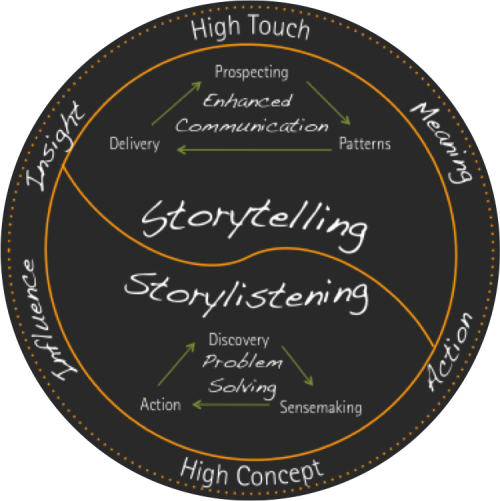
What Randy brings to the discussion is his unique experience as a scientist and his experience with Hollywood. I recall his excellent and humorous short film "Talking Science" in which Randy interviewed both scientists and people from the film and television world regarding advice for scientists in making PowerPoint presentations at conferences. The film and television people provided very astute and practical advice on how to project images and deliver a presentation. Scientists can indeed learn from Hollywood.
"Talking Science" is one of Randy Olson's short films. Credit: Shifting Baselines Ocean Media Project
In one of the papers of the special issue, Michael Dahlstrom authored "Using narratives and storytelling to communicate science with nonexpert audiences" (PNAS 111: 13614-13620), which provided some good fodder for discussion. Dahlstrom makes the point that narratives have been shown to a) increase comprehension, b) increase interest and c) increase engagement when communicating science to nonexpert audiences. He summarizes research that shows narratives are easier to comprehend compared with standard logical-scientific communication. Narrative storytelling increases recall, increases ease of comprehension and shortens reading times. Narrative storytelling is practical and place-based where specific cases can be used to generate generalizations to infer greater truths. Logical-science communication is theoretical and not place-based, with abstract truths that can be inferred across a range of situations.
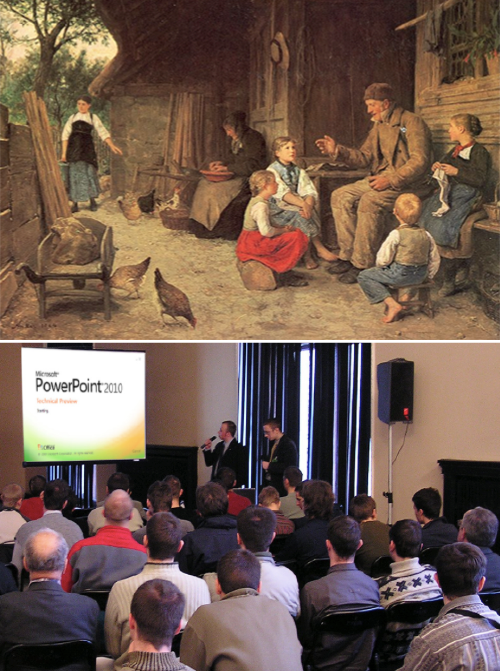
Dahlstrom discusses the essential elements in narrative stories: causality (cause-effect relationships), temporality (timeline) and character (people involved). Dahlstrom identifies several ethical issues associated with science communication using narrative. One issue is whether the narrative is being used for persuasion vs. comprehension. Another issue concerns the level of accuracy needed to be maintained within the narrative. And Dahlstrom believes that the question of whether or not narratives should be used should be reframed as how narratives should be used to communicate science appropriately. I agree that these ethical considerations are legitimate concerns, but can be surmounted with prudent use of narrative in communicating science.
In addition to the PNAS special issue, a couple of iconic academics have linked science and storytelling. Karl Popper (1902-1994), one of the preeminent twentieth century science philosophers and Peter Medawar (1915-1987), a Nobel laureate for his immunology research wrote about science and storytelling.
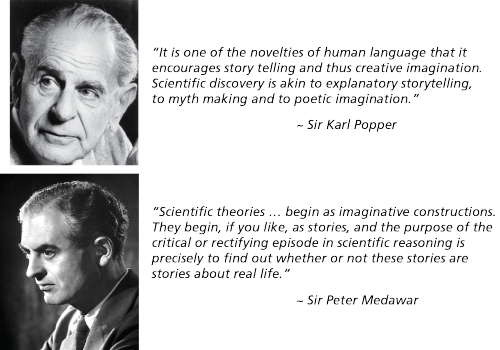
There is an example of a great story that we use in Chesapeake Bay that has both narrative as well as a basis in data. It is Bernie Fowler's story of water clarity. Bernie Fowler was born in 1924 in Maryland and he went on to become a Maryland State Senator (1983-1994) after serving as a Calvert County Commissioner (1970-1982). Bernie was a key proponent of a 1970s lawsuit in which the lower Patuxent River counties banded together to sue the upper Patuxent River counties for the pollution that came downstream. This lawsuit stimulated the newly formed US Environmental Protection Agency to become involved, which eventually led to the formation of the EPA-led partnership Chesapeake Bay Program. Bernie is passionate about Chesapeake Bay and he is one hundred percent authentic. So when Bernie said the following: "I used to be able to see my white sneakers when I waded into chest deep water in the Patuxent River, and now I can't see them anymore." People took notice. This simple statement is powerful because it has causality (pollution reducing water clarity), temporality (changes observed over time) and character (larger than life Bernie Fowler).
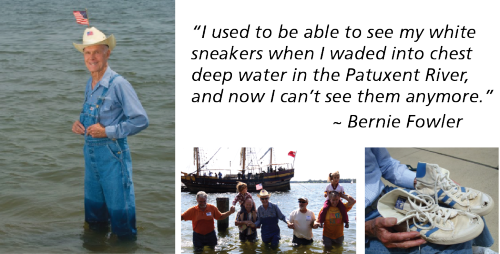
Bernie has been conducting annual wade-ins since 1988 into the Patuxent River to assess the water depth when he loses sight of his white sneakers. In 1997, Carol Browner, EPA Administrator proclaimed a "Bernie Fowler Day" and many people regularly join Bernie in June to wade out into the Bay. Several other wade-ins have sprung up in other locations as well. Tom Wisner, the Bard of Chesapeake Bay wrote a song about Bernie's wade in, and it starts out like this:
Just wade out in the river,
give it all you got
Right up to your chest.
And then you pick your spot.
From Tom Wisner's "Bernie Fowler Day: A Guide to Wading in the Southern Maryland Waters"
The scientific community regularly measures and analyzes trends in water clarity in Chesapeake Bay, but the scientific data alone doesn't provide a compelling story. Bernie's story makes water clarity much more compelling. This past summer we have been presented with the new and delightful challenge of investigating the reasons why water clarity was so unusually clear in 2015, so Bernie's story is far from complete.
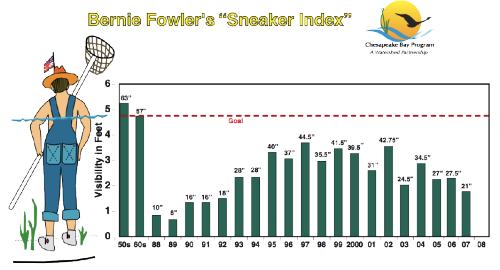

Several years ago when I was participating in one of Bernie's wade-ins, Senator Barbara Mikulski attended. Senator Mikulski is less than five feet tall, so she expressed the tongue-in-cheek concern that if water clarity improved in Chesapeake Bay, she could end up drowning, because she would still be able to see her feet when the water was over her head. She was not far off, because if she had attempted a wade-in this autumn, she would indeed have needed a life preserver.
In summary, the thesis of Randy Olson's new book, which draws on his experiences in academia and Hollywood is well supported by the academic literature as well as supported by empirical trial and error. The critics may bicker over Randy's casual writing style or feel threatened by disseminating science via storytelling, but narrative is here to stay.
About the author
Bill Dennison

Dr. Bill Dennison is a Professor of Marine Science and Vice President for Science Application at the University of Maryland Center for Environmental Science.

